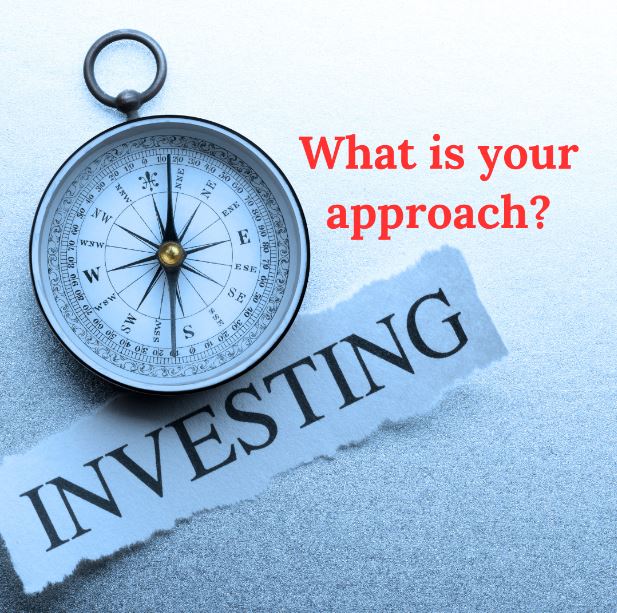
Making investments is an art. Every investor has a unique approach and strategy, as well as different levels of risk tolerance, money habits, and time horizons. Differences may even exist in the kinds of investments. Whether one decides to invest in the top 50-100 companies or diversify and stand out from the crowd, one’s investment strategy influences their portfolio. While the wisest investors make judgments based on economic theories, the smarter ones mix economics with psychology and make deliberate decisions to achieve their ultimate financial objective.
As a person’s investing decisions are linked to their psychology, which is influenced unconsciously by investment narratives, there is no assurance that an investor’s portfolio will always be profitable. In this blog-post, let us see some of the financial strategies that can keep you one step ahead of the challenges, or at least help you stay equipped.
First things first, let us see about ‘Value investing’:
The value investment theory is both simple and deep, making it one of the most solid investment strategies. It is the process of purchasing stocks in reputable firms at a discount to their real worth. A fair strategy to value investing requires investors to base their conclusions on business characteristics, fundamentals and analysis.
The actual test of value investing, however, is that the method needs complete control over one’s emotions when investing. Behavioral biases, emotional connection to specific assets, and reactivity to transient news are some of the difficulties that value investors must overcome in order to be effective.
Momentum investing:
A momentum strategy to investing is one in which you buy in financial assets such as stocks, indexes, derivatives, bonds, or commodities that are on the rise due to their recent great performance while selling those that are underperforming. The approach is predicated on the premise that assets that have recently performed well will continue to rise, while those that have been declining will continue to fall. The primary concept of this strategy is that once market trends are formed, they tend to stick around for a while due to variables including investor psychology, herding behaviour, and information distribution.
This method allows investors to follow or avoid tumultuous market patterns in order to capitalize on the market’s inherent momentum. A momentum-based investment strategy can be successful for investors who can detect and capitalize on market patterns and driving factors.
Growth investing:
It appears to be related to value investing. Warren Buffet believes that growth and value investment are inextricably linked. However, when seen without prejudice, a growth investment strategy is when investors invest in a firm that they feel has not yet reached its full potential. In this perspective, growth firms are those with the potential to outperform the market in terms of returns. Using a research-intensive strategy, investors may choose firms based on important variables such as excellent historical earnings growth, remarkable prospective earnings growth, healthy profit margins, a great return on equity, and strong share price performance.

Growth investors want firms that are creative, disruptive, or have a competitive edge in their industry, and that can create substantial profits, sales, or cash flow growth in the years to come. A growth investment strategy requires a clear view of the macroeconomic factors that will drive the expansion of a certain industry or market in which the selected company operates.
Combination investing:
‘Combination investing’ or simply ‘blend investment’ is an investing strategy that combines both value and growth investing. Investors seek firms with both growth prospects and value traits, such as strong fundamentals, consistent profitability, and affordable stock price at practical valuations.
The method has several advantages, including the ability to assist investors diversify their portfolios while also balancing their risk and return objectives by mixing low-risk and high-risk assets. Such a strategy benefits investors since it enables them to respond to changing market circumstances and possibilities. While a sensible strategy, the blend method has its own set of pitfalls to avoid, including the fact that it may not be easier to find assets that demonstrate both value and growth. Furthermore, there may not be an obvious benchmark that represents or compares the investor’s goals.
Conclusion:
While there are several techniques to choose the best investing plan, psychology plays a critical role in how someone develops as a successful investor. It is vital to handle emotions like greed, anxiety, remorse, and hope, while being objective in one’s investing decisions. Being aware of ourselves and resilience to emotions are the moulds that build a sound financial strategy. The goal should be to maintain a risk-adjusted, consistent strategy that is unaffected by emotions when the market appears to be on an up and down train.
Whatever maybe the strategy that investors adopt for investing, they should bear in their mind the most important concept of ‘margin of safety’ while investing. They should identify the intrinsic value and should buy well below the company’s worth to protect themselves from wild swings in the market due to the macro volatility. ‘Margin of safety’ is the time-and-tested risk management principle that successful investors all across the world adopt.





